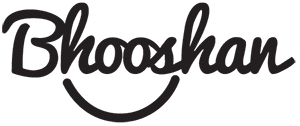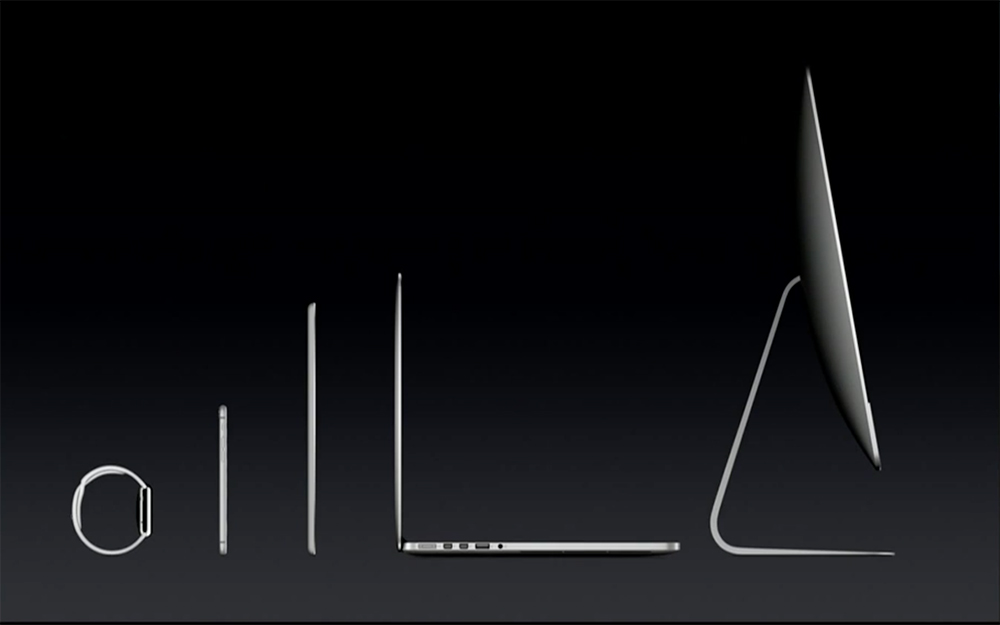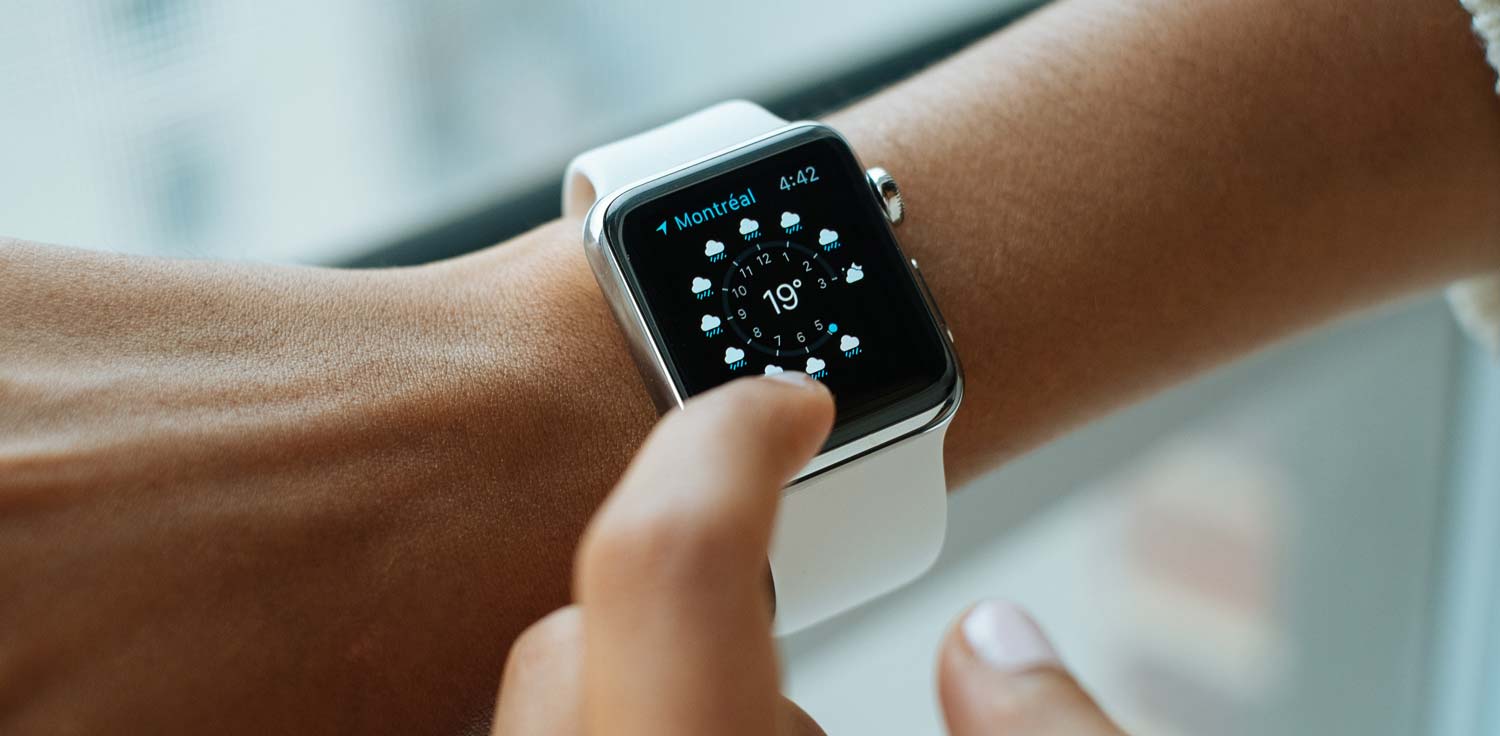The web abounds with discussions on Usability or UX (user experience) design mostly revolving around the concepts of ‘delight’. Let us look at the definition of ‘user experience’ which I found on Google:
The overall experience of a person using a product such as a website or computer application, especially in terms of how easy or pleasing it is to use.
The simplest interpretation of the word pleasing would be creating delight while using the system (or any other product). Some would define UX as the emotional aspect of a product while Usability tends to deal with the physical facets of software — the Look versus Feel scenario. Here’s how usability is defined on Wikipedia:
Usability is the ease of use and learnability of a human-made object. The object of use can be a software application, website, book, tool, machine, process, or anything a human interacts with.
The ease of use and learnability aspects are striking in the context of UX because both are emotional connotations for delight. So what exactly separates UX from usability? While much has been written about UX the more you indulge in its multifarious definitions, the more confusing the interpretation becomes in the context of general design. Thus I have come to conclude that applying the principles of usability in product development consistently derives long-term benefits in user-experience design.
Usability Engineering in context with software design is defined as Human-Computer Interaction or HCI although its principles have been employed in several key areas such as the aviation industry much before the first computer screens flickered on the horizon. Usability is broadly a set of principles specifically laid out through continuous user research that aims to bring the human viewpoints of psychology and physiology into consideration while designing a user-friendly product. The principles of Usability as defined by ISO cover learnability, efficiency, memorability, error handling and satisfaction for software development. Satisfaction — isn’t satisfaction a subset of delight or user experience? So if a design process exploits these usability principles and creates a user-friendly environment for usage, the outcome should naturally provide for a good user-experience for its customers.
I believe that usability has an overarching effect on products — be it on an enterprise-level application or a mobility app, or even a ubiquitous product such a chair, the principles of usability are relevant and are bound to affect humans emotionally as they interact with the object frequently. So while summarizing how usability can provide delight or how UX is intrinsically linked with classical usability, let’s take the example of a coffee-maker in context with the usability principles we discussed earlier:
Learnability: The product that is designed must be easily comprehensible (affordance) so as to reduce the learning curve and meet the set expectations or user goals. For instance, a coffee-machine which can make a cup of coffee for the consumer quickly and with fewer button clicks, and without having to read the manual (actually why would anyone need a user manual for using a good product?).
Efficiency: If the product is learned easily and quickly on repeated use it naturally affects the efficiency of its users in a good way. Making that first cup of coffee on a new machine took some time then let’s say, preparing the tenth cup.
Memorability: Once a user has been educated it raises his/her awareness about using the product features and increases the level of memorability (designing for recognition over recall). This makes the user confident, bestowing a higher amount of self-esteem from each product interaction which eventually raises the product brand value as well. So now you are so confident in making coffee on the new coffee-maker that you no longer required to focus your mind and energy on the buttons or the flashy lights. It just works magically! (or so your brain starts to believe!)
Error Handling: Once a product has reached a high state of awareness within its user base and the brand worth has been attained, the effective rate of error recovery would normally be reduced. Or discovering newer ways for product upgrade through user testing and feedback, and design iteration during product development lifecycle. If the coffee-maker beeped previously to signify an error consistently, what can be done to reduce that occurrence by bringing a change in product ergonomics?
Satisfaction: having met the expectations of the user, and an increased brand worthiness through design rationale, the overall experience is thus deemed pleasurable for the user. In other words, the goal for good user-experience design has been achieved so far.
While we know that usability for software is quantifiable through an expert review or usability lab testing. At this point, I have mostly found testing metrics for user-experience design referring back to the usability engineering testing tools and methodology which is rather disheartening. So while we continue to build products focussed on UX I would also be keen on applying my knowledge and skills substantially to usability engineering studies and research papers. After all, a product which addresses the mental model of the audience succeeds in providing a delightful experience as well.
Further Reading: The Resource Centre contains a collection of thought-leadership articles on Usability and UX from the Internet.




